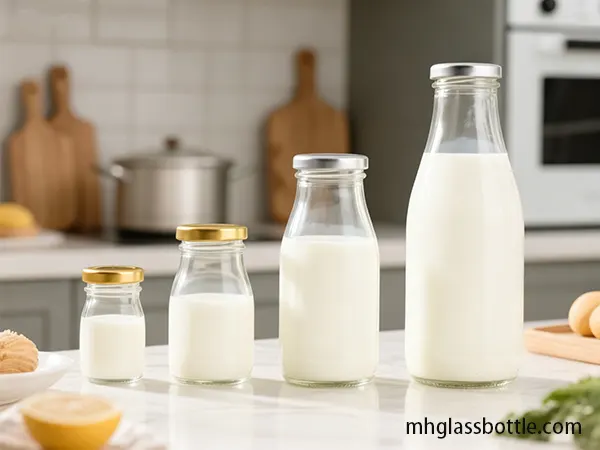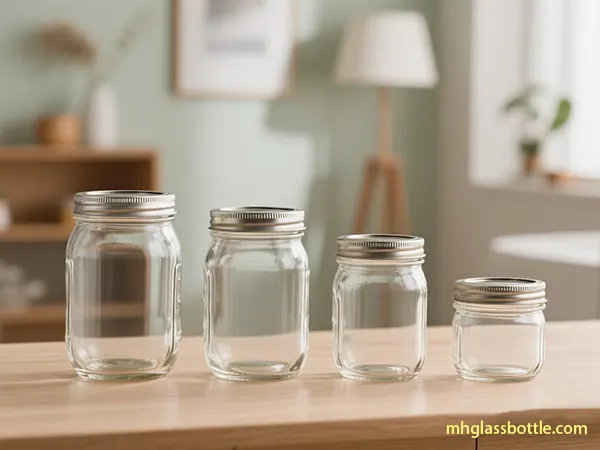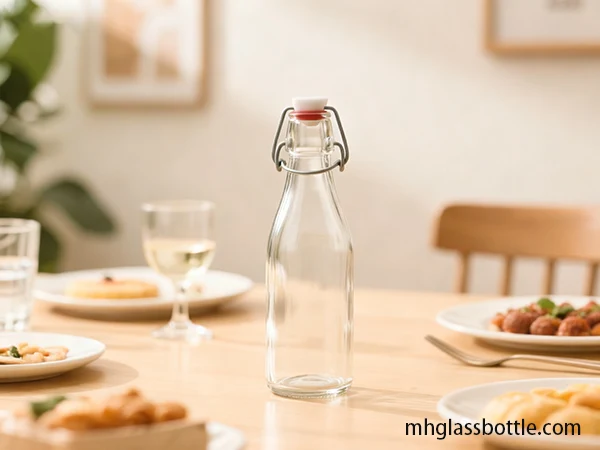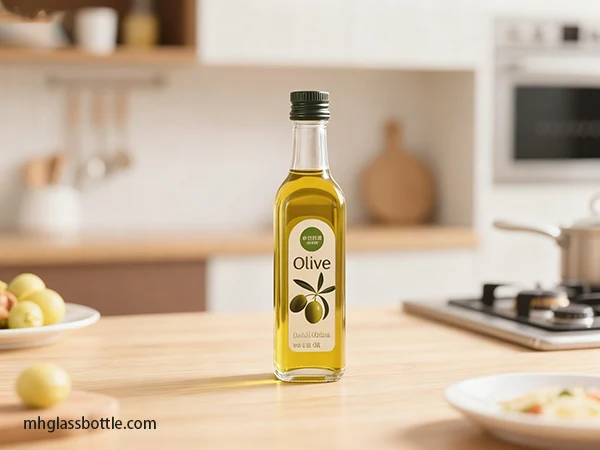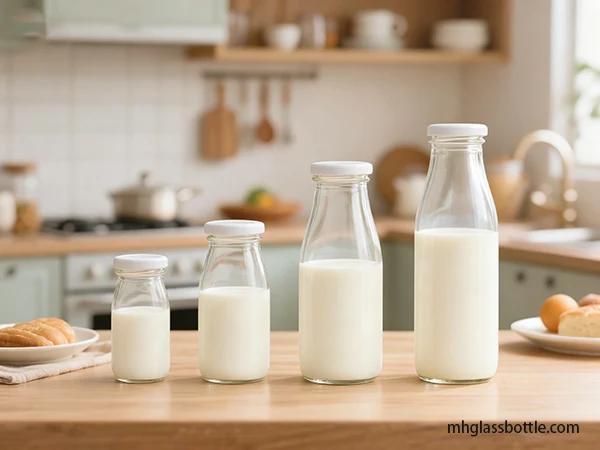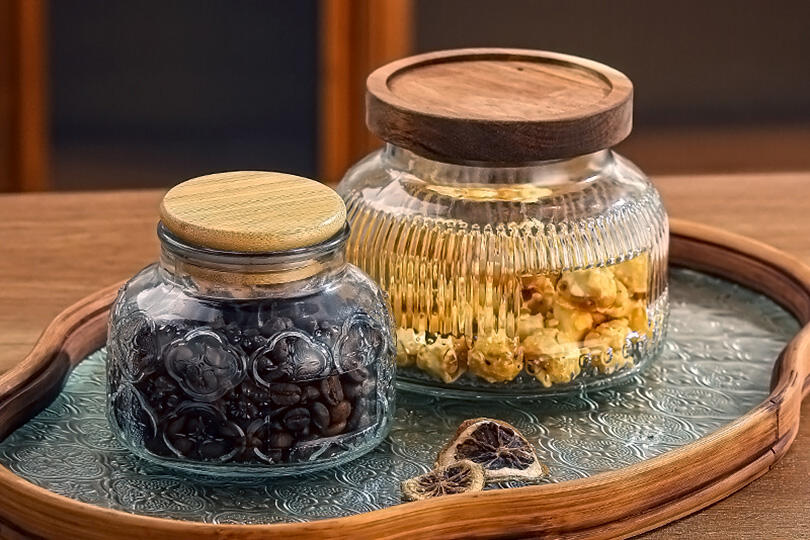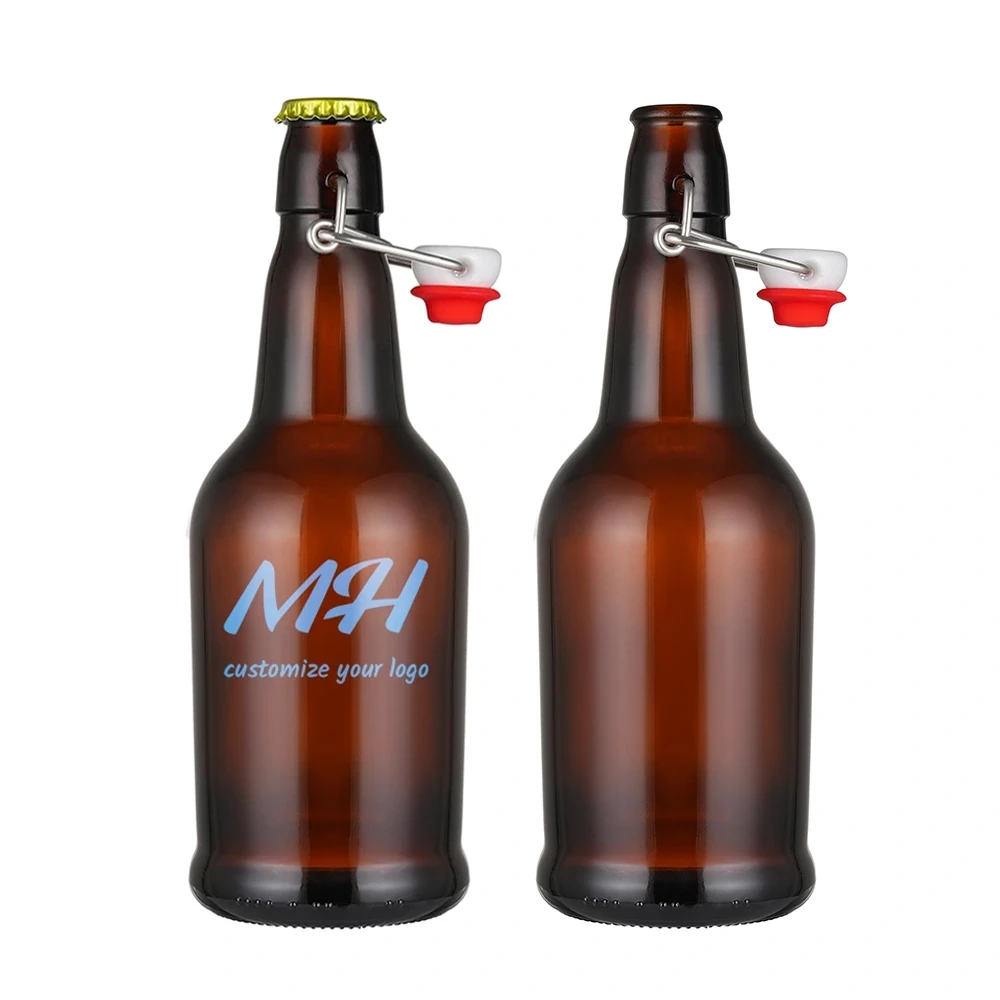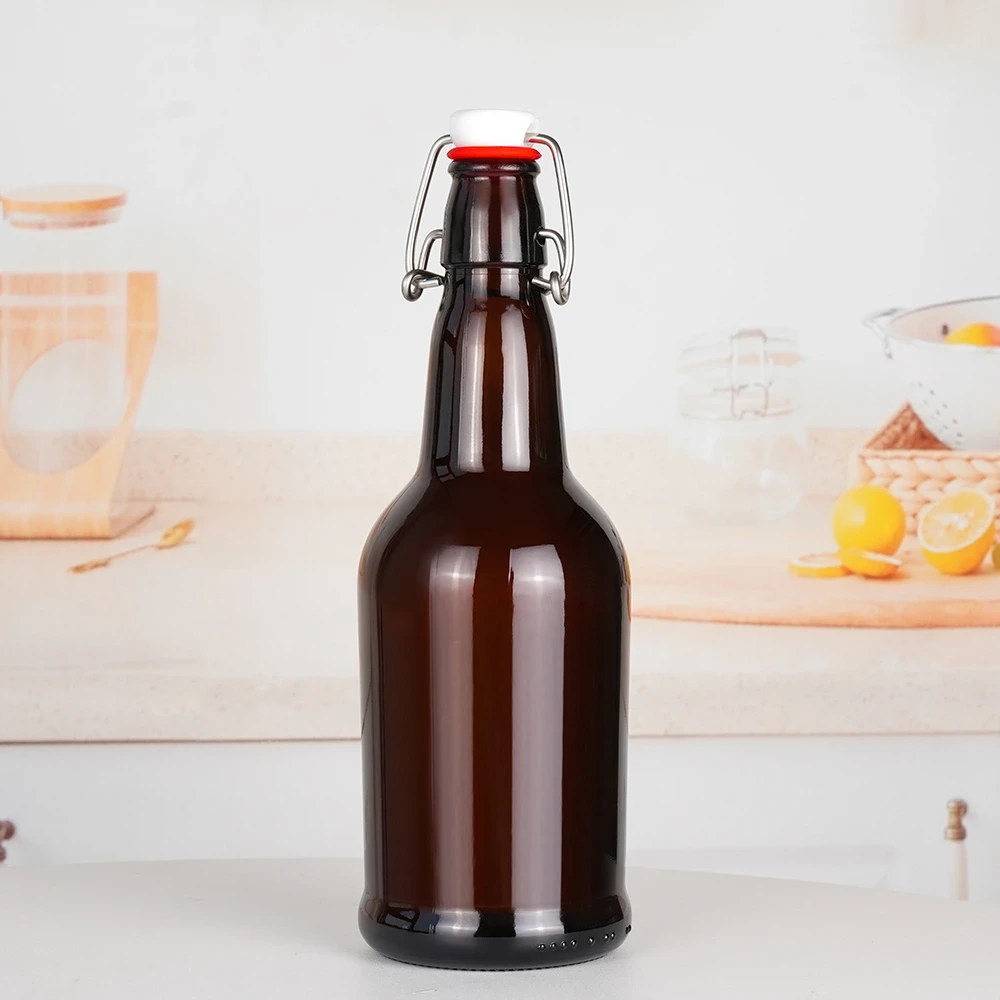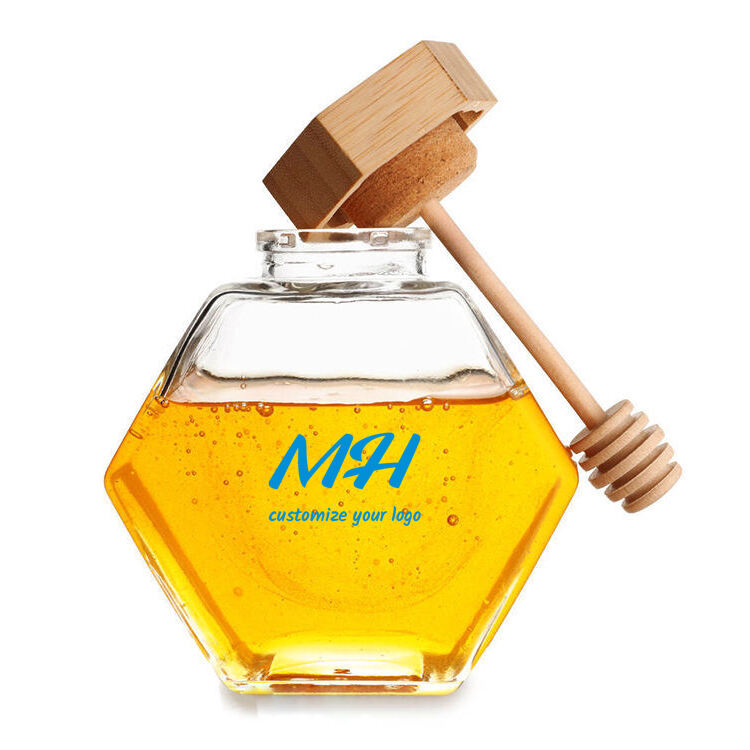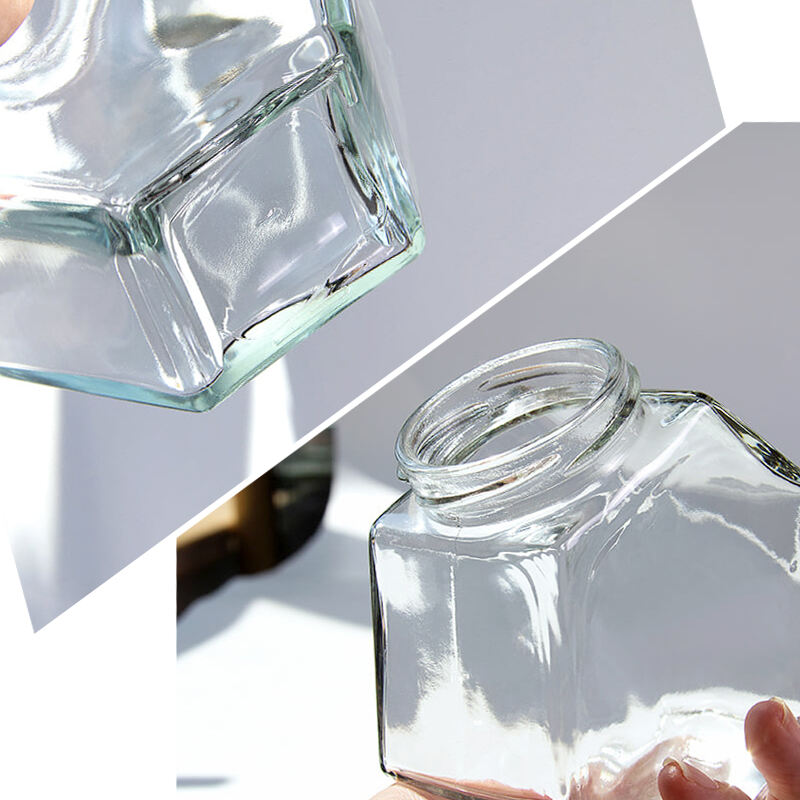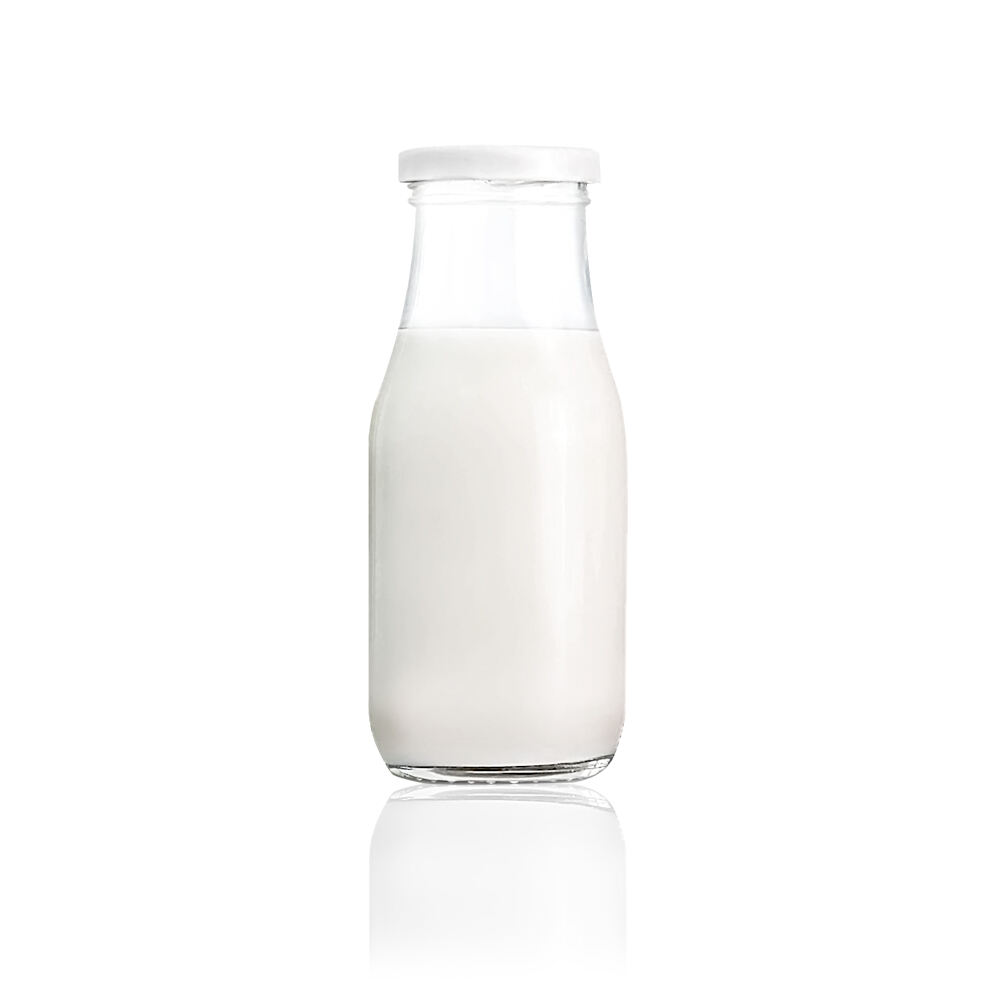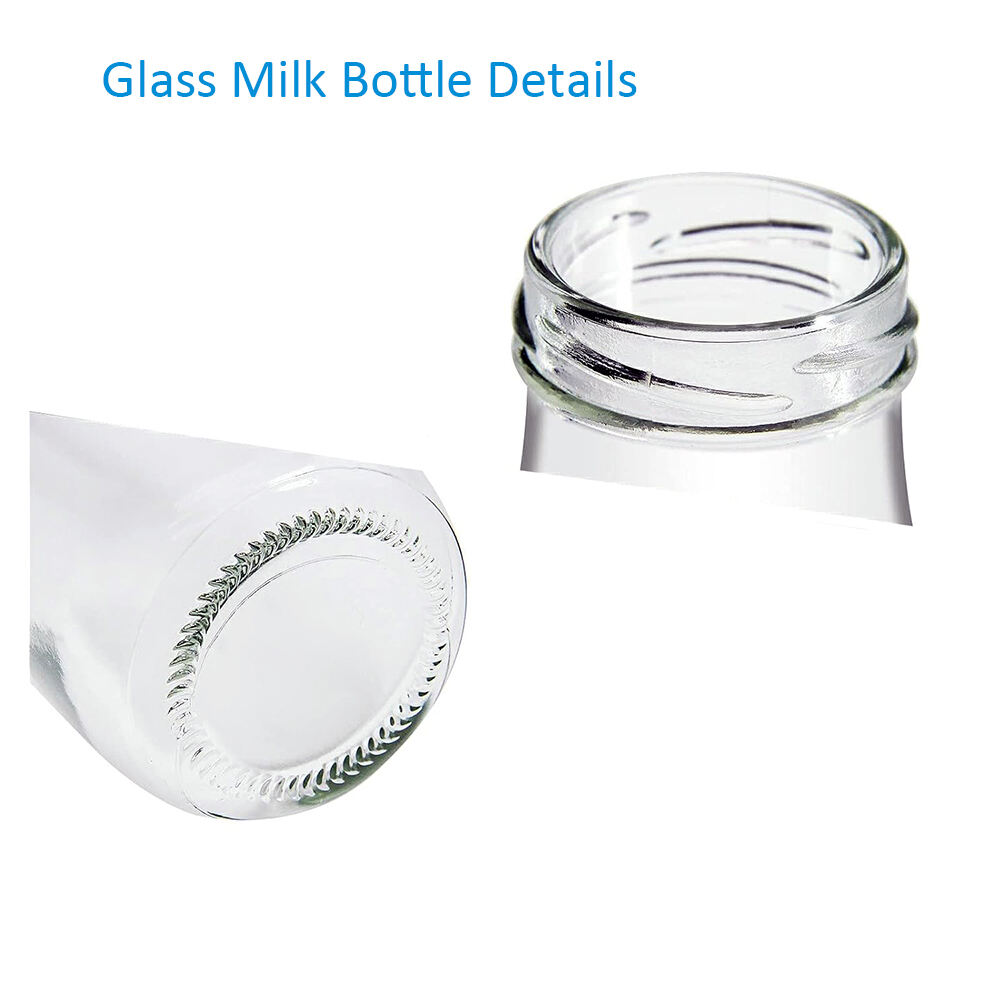1. Project Scope and Primary Use Case
This report covers vital considerations for a task focused on custom glass canteen, primarily for company presents. This use instance requires high quality, strong brand name depiction, sustainability, and efficient logistics for distribution. The project aims to use these bottles as a costs, sustainable, and remarkable present solution to boost brand understanding and assistance corporate social obligation objectives. Key restraints consist of spending plan, shipment timelines (usually event-driven), personalization demands, and dependable satisfaction capabilities.
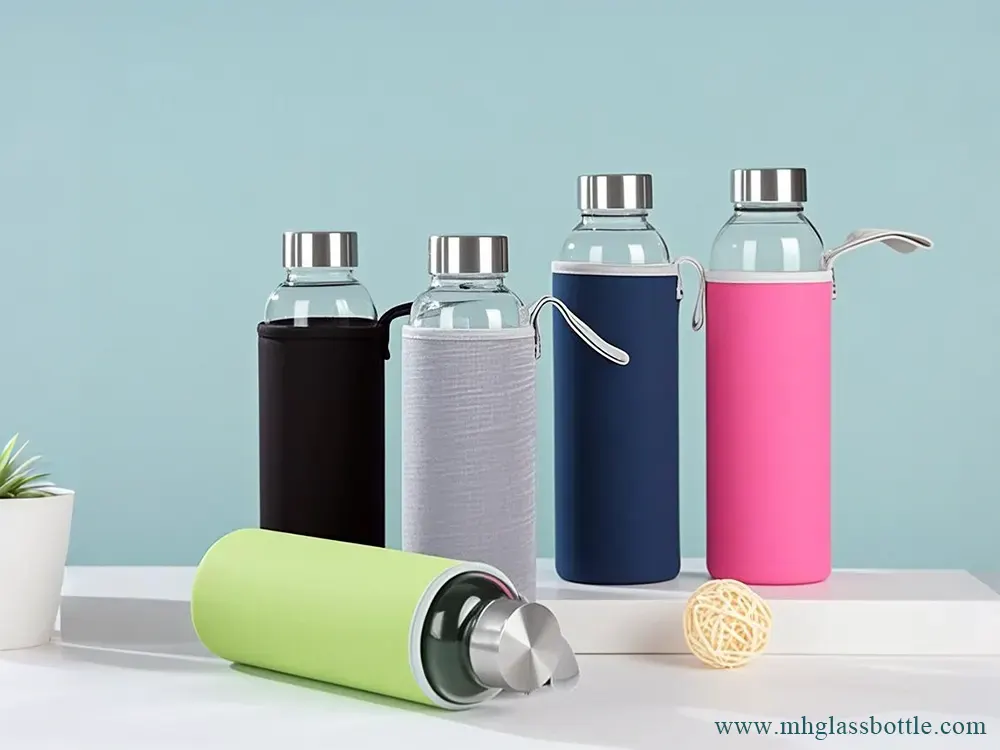
The reusable water bottle market is huge and expanding, driven by environmental understanding, health fads, and corporate sustainability programs. The worldwide market is projected to reach $11.44 billion USD in 2024 and grow to $13.549 billion by 2032. Need for sustainable business gifts is solid, making glass bottles a prominent option. They are seen as beneficial, sensible, and a lot more superior than standard promotional things, supplying excellent brand exposure.
Business orders commonly range from 50 to over 1000 devices. Satisfying deadlines needs quick turn-around and reputable delivery. Kitting, setting up (with custom-made inserts), and gratification services (warehousing, supply, straight delivery) are usually needed for big or distributed clients.
2. Customization Options and Design Considerations
Customization is vital for unique corporate gifts. Various techniques offer distinct branding and aesthetics, impacting durability and cost.
Decoration Techniques:
- Ceramic Heat Transfer Printing: Durable, high-quality image resistant to fading/scratching. Cost depends on colors/size.
- Embossing/Debossing: Raised/recessed designs molded into glass. Tactile, eye-catching, can be cost-effective if in initial mold. Adds sophistication.
- Frosting/Etching: Matte finish (frosting) or engraved designs (etching). Create a premium look, tactile/visual appeal.
- Screen Printing: Versatile, cost-effective, durable inks. Good for simple designs (2-3 colors).
- Hot Foil Stamping: Applies metallic/colored foil for a luxurious look, common on premium bottles.
- Laser Engraving: Permanent, premium mark, popular for corporate gifts, allows personalization.
- Decals: For complex designs difficult for screen printing.
- Spray Painting: Applies paint layer. Frosting can improve adhesion.
- Electroplating: Enhances beauty, corrosion/abrasion resistance.
Direct printing (screen, laser, ceramic heat transfer) is generally more premium and durable than label stickers.
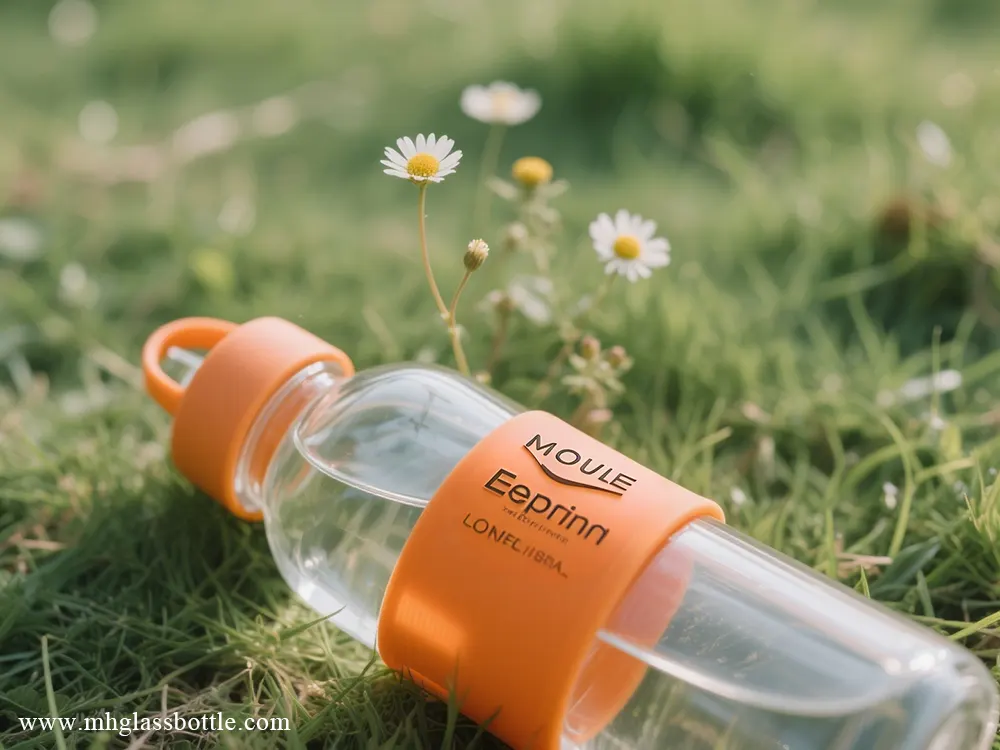
Design Considerations:
The design process (sketching, materials, size, shape, prototyping, production) influences cost. Complex designs and high-end materials increase costs. Glass type is crucial; Type I, II, and III are food-safe. Borosilicate is preferred for durability and thermal shock resistance.
Custom shapes can affect bottling line compatibility. Detailed work increases complexity/cost. Understanding brand identity is essential to ensure the bottle reflects brand values and avoid costly revisions.
3. Manufacturing Processes, Sourcing, and Supply Chain
Production involves raw materials (silica sand, soft drink ash, limestone, cullet), melting, forming with mold and mildews, and annealing. Quality control is integrated throughout, sticking to standards like ISO 9001:2015.
Sourcing can be direct or via agents. Global manufacturers offer variety. MOQs vary, higher for custom molds (30,000-50,000+ pieces). Lower MOQs may be available for stock items or trials. Sourcing from regions like China can offer cost savings (up to 40%). Agents help navigate logistics for a commission.
Supply chain risks include raw material/energy price volatility and disruptions. Mitigation strategies include supplier diversity, alternative vendors/materials, warehousing, accurate forecasting, proactive maintenance, strategic inventory, and strong freight partner relationships. AI can aid risk management through data structuring, analytics, and monitoring. Transparency is key.
Contamination (physical, chemical, microbial) is a concern. Mitigation involves inspections, automated detection, protective packaging, food-grade glass, coatings, and compliance with FDA, EFSA, ISO 22000. Regular audits are vital.
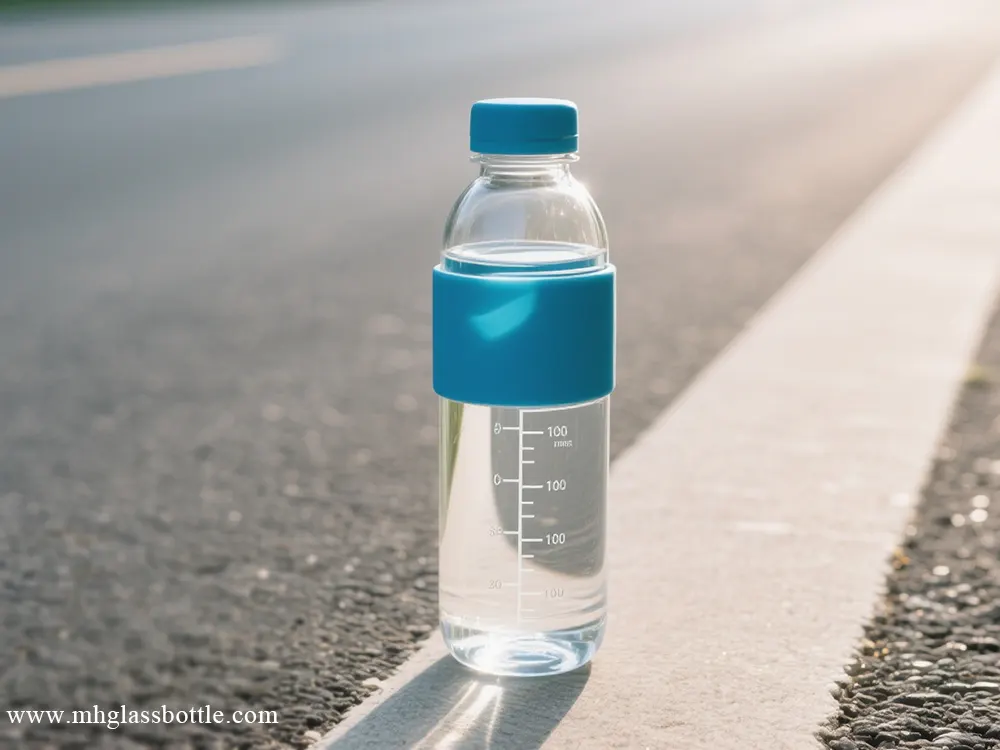
4. Market Analysis, Strategy, and Distribution
The premium reusable water bottle market is driven by sustainability and health and wellness trends. Consumers increasingly prefer "green goods" and pay costs for environment-friendly items. Outdoor/fitness culture also boosts demand.
While plastic and metal bottles hold significant share, glass aligns with the preference for sustainable, non-toxic materials. Glass is inert and doesn't retain flavors.
Consumer preferences favor personalized, innovative designs (insulation, filtration, smart features). Younger demographics drive demand for innovation. Convenience and portability are also important.
The market is competitive, with players in reusable bottles and corporate merchandise. Distribution channels include hypermarkets, online retail, and specialty stores. For corporate gifts, direct shipping via suppliers offering fulfillment is common. Custom packaging can significantly boost sales and brand perception.
5. Regulatory Compliance and Quality Assurance
Conformity and top quality are critical for food-grade glass bottles, particularly for global distribution or corporate presents.
Governing Frameworks:
EU: Framework (EC) 1935/2004 for food call materials calls for Declaration of Compliance (DoC). GMP (EC) No. 2023/2006 and traceability are mandated. United States: FDA controls under FD&C Act and 21 CFR. Glass is GRAS. Food Contact Substances (FCS) may need FCN. California Prop 65 calls for warnings for sure chemicals.
Restricted Substances and Standards:
Regulations limit heavy metals (lead, cadmium, mercury, hexavalent chromium) to typically 100 ppm. Some phthalates are limited. BPA is on Prop 65 list. Cadmium in some glass styles needs precautions. REACH regulation applies to glass 'articles' if SVHCs exceed 0.1%.
Testing and Compliance:
Compliance is verified via migration testing (substance transfer) and leachability testing (metal leaching). Standard methods like ASTM C738-94 are used. Quality control includes visual, chemical, and microbial testing. Testing for ortho-phthalates is recommended. ISO 22000 is relevant for food safety.
Documentation:
Suppliers need to provide a DoC confirming conformity, supported by documents and traceability.
Additional Considerations:
Recycled glass must meet safety standards. Coatings require regulatory attention. Imported glass must meet the same criteria as domestic. Food-grade glass should be free of lead, cadmium, arsenic, toxic coatings, etc.
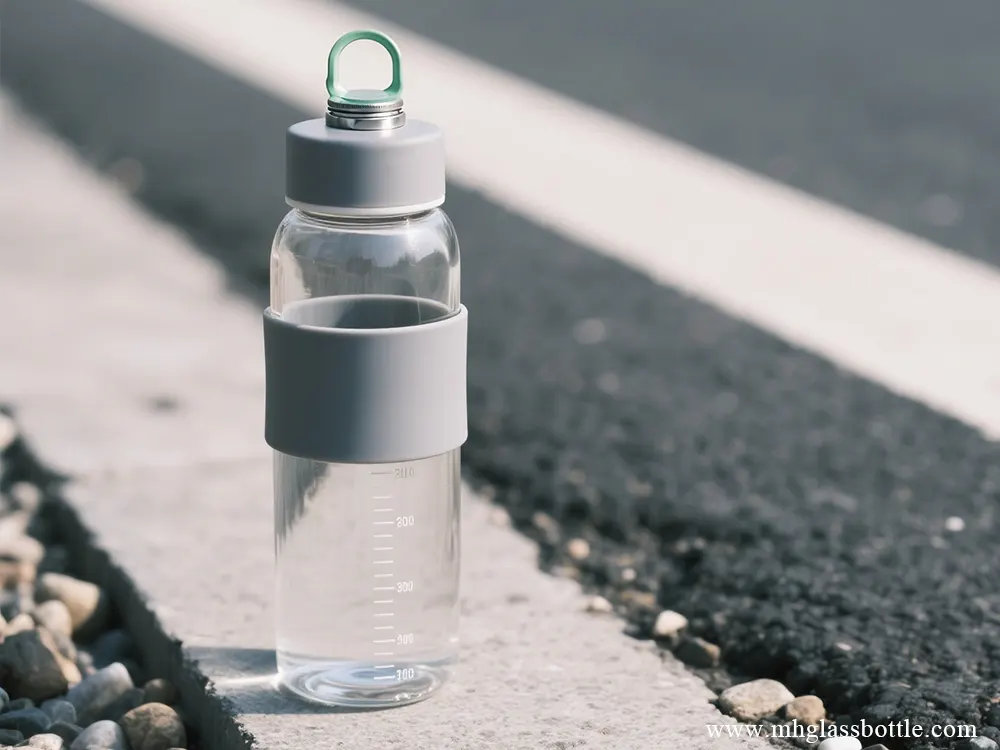
6. Cost Structure and Economic Feasibility
Cost structure is key to feasibility. Drivers include raw materials, energy, labor, tooling (molds - significant upfront cost, $2k-$10k+ depending on complexity/location), overhead, decoration (cost varies by technique/complexity), quality control, packaging and sourcing/logistics (transportation, tariffs, agent fees).
Volume significantly impacts per-unit cost due to economies of scale. MOQs can be high for custom designs (10,000+ units).
Estimated unit costs for custom bottles might be around $1-$1.50+ at 10k MOQ, plus mold costs. Hidden costs in international sourcing include quality issues, delays, communication, and unpredictable tariffs. Inspection before final payment is crucial.
Economic feasibility balances costs against perceived value and ROI. Glass's premium nature and sustainability align with trends, potentially justifying higher costs. The growing market and willingness to pay for sustainable products support potential ROI. Premium packaging can boost market growth and brand success.
Sustainability influences costs and feasibility. Using recycled glass reduces energy/material costs. Cheap sourcing may have hidden environmental/social costs. Minimizing shipping and considering manufacturer sustainability are important. Glass's recyclability supports a circular economy, offering long-term benefits. Investing in sustainable practices and certifications enhances brand reputation and appeal.
 EN
EN AR
AR BG
BG HR
HR CS
CS DA
DA NL
NL FI
FI FR
FR DE
DE EL
EL HI
HI IT
IT JA
JA KO
KO NO
NO PL
PL PT
PT RO
RO RU
RU ES
ES SV
SV TL
TL IW
IW ID
ID LV
LV LT
LT SR
SR SK
SK SL
SL UK
UK VI
VI HU
HU TH
TH TR
TR FA
FA GA
GA LA
LA MI
MI MN
MN
